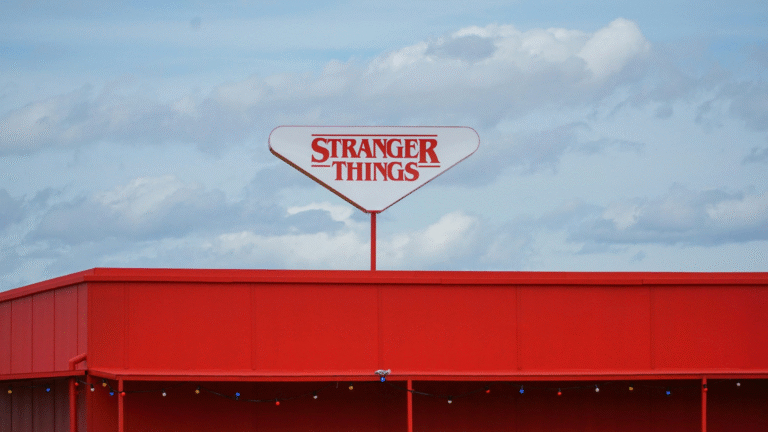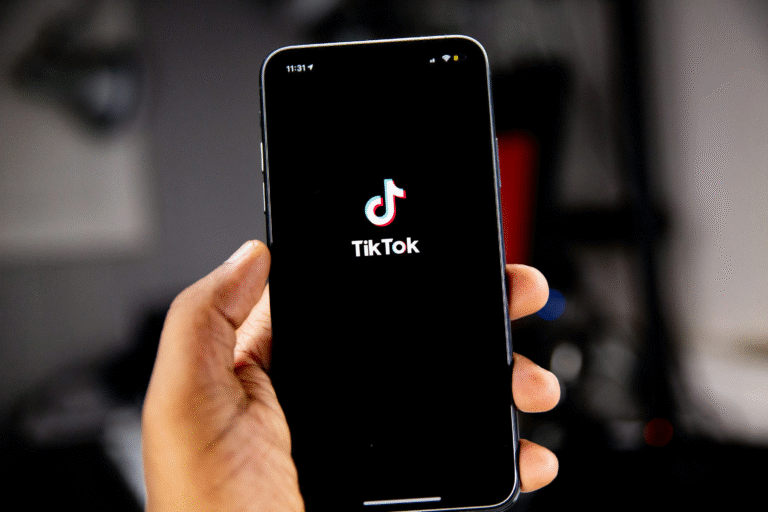LED (Light Emitting Diode) technology was born in 1962 and has since undergone a clear evolution to the extent that it now plays a major role in the advertising sector and beyond.
LED panels, in fact, now have a wide field of application that goes beyond the simple advertising of products and services.
What is a LED wall?
The term LED screen wall refers to a large display made up of LED modules, each of which consists of a matrix of LEDs emitting light of different colours in order to reproduce images.
LED walls can be installed in different ways, either permanently or only temporarily, both inside buildings and on the outside. In short, they can be adapted to different needs.
They are called ‘LED walls’ because the various panels that make it up actually create a sort of wall, a single screen that is not divided by the frames of the various screens, on which high-resolution images can be transmitted.
How to choose a LED wall?
To find the LED wall that best suits your needs, you will have to consider several factors, including the area in which it will be installed. In fact, it is possible to distinguish between indoor and outdoor models.
In the first case, the lighting of the surrounding environment and the viewing distance of the audience must be considered. In addition, the resolution of the screen must be evaluated.
Indoor screens are designed to be installed indoors in closed places such as an office or in a station or airport, etc. For outdoor installations, on the other hand, you should choose models that are designed to withstand different weather conditions, such as rain, wind, and varying temperatures. For example, if you are going to install the LED wall in a very hot area, such as a car park, it is essential to choose a model that is going to work properly even if high temperatures are reached, therefore without overheating and, consequently, getting damaged.
Regardless of the model chosen, it is also necessary to assess the ease of installation, the maintenance required and, of course, the cost of the LED wall. Its management system is also important, as it can affect the quality of the reproduced images. Finally, it is good to consider the availability of technical support and after-sales assistance from the manufacturer.
How much does a LED wall cost?
The prices of LED walls are influenced by various features. In fact, different models can be found on the market, which differ in terms of the distance between pixels, the materials used in the design, etc.
The brand of the LEDs employed also affects the price, as do the control electronics and power supplies. In any case, the range of difference between high resolution and low resolution models is quite wide.
In addition to the purchase price, transport and installation costs must also be added, which may increase the expense even more, especially in inaccessible locations. In any case, it is always preferable to opt for higher quality models which, although more expensive, ensure a longer life span.











